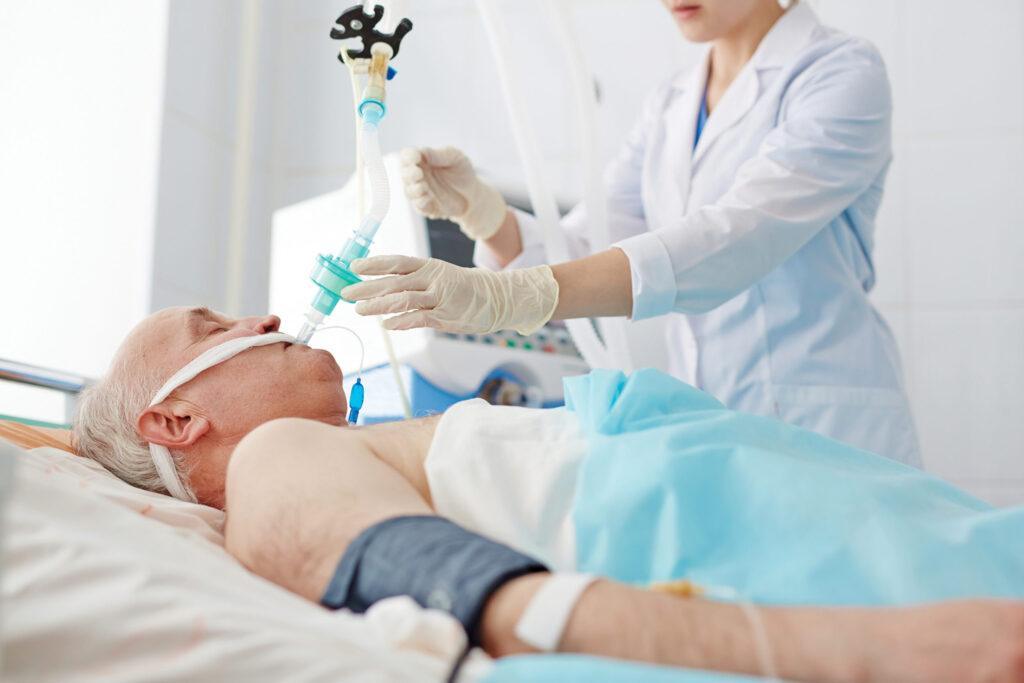
Dying Matters Week 2019
Dolphin Therapy provides the highest levels of protection and care for Palliative and End-Of-Life Patients
Caring for palliative patients and those patients at end-of-life stage may focus on maximising the individual’s comfort, helping to reduce pain and maintaining their quality of life and dignity (NPUAP et al, 2014).
However, physiologically, prior to a patient’s death, body systems begin to shut down and blood circulation slows down (Weissman, 2000). This means patients at end-of-life are at extremely high risk of developing pressure ulcers.
Often with this group of patients, pressure ulcer prevention may not be seen as the main priority as skin damage may be considered inevitable as the skin breaks down. In addition, nurses may experience difficulties with determining the frequency at which the patient should be turned, especially during the last phase of life (Searle and McInerney, 2008).
Dolphin Therapy is being used extensively as part of the package of care for these patients. Dolphin has been evidenced to:
- Improve comfort
- Reduce pain
- Improve concordance with repositioning and often enable the time between repositioning to be extended
However, what is most remarkable is the ability of Dolphin to prevent pressure damage from occurring in this most vulnerable patient group and to promote healing or prevent further pressure damage in patients who had existing pressure damage.
What is Dolphin Therapy?
Dolphin Therapy uses air to create a simulated fluid environment, enabling full immersion and envelopment, significantly reducing pressure, shear and tissue deformation. As a result:
- Tissue symmetry is maintained
- Vascular occlusion is minimised, maintaining near normal blood flow
- Tissue ischemia is prevented, even when the patient is nursed directly on the affected area
This maintenance of tissue perfusion is the key reason we see such outstanding outcomes, even in the most compromised of patients.
Dolphin Therapy delivers outstanding clinical outcomes
Medstrom have gathered clinical outcome data for 1,000 of the most complex patients.
- 710 of these patients had existing skin damage, with a total of 1,749 pressure ulcers.
- 290 patients were placed on Dolphin Therapy for prevention and had no existing skin damage.
Clinical outcomes for skin damage included:
- 40% of patients with existing skin damage had their pressure ulcers remain static.
- 55% of patients with existing skin damage had their pressure ulcers heal or improve.
- 60% of patients previously nursed on a traditional dynamic support system had pressure ulcers that healed or improved after being ‘stepped up’ to Dolphin Therapy.
- 99% of patients placed on Dolphin Therapy with intact skin did not go on to develop a pressure ulcer.
Other outcomes included:
- 99% of patients had their objective for pain management met.
- 99% of patients had their objective for improvement in comfort met.
- 87% of patients who were non-concordant with repositioning became fully concordant.
- 74% of patients who were previously nursed on a dynamic support system were repositioned less frequently on Dolphin.
If you would like to discuss how Dolphin Therapy could benefit your patients, please call us and ask to speak to one of our RN/RGN-qualified Clinical Advisors. If you’d like to experience Dolphin Therapy, please call us to request an immediate trial, with the first fourteen days offered free of charge for new customers.









